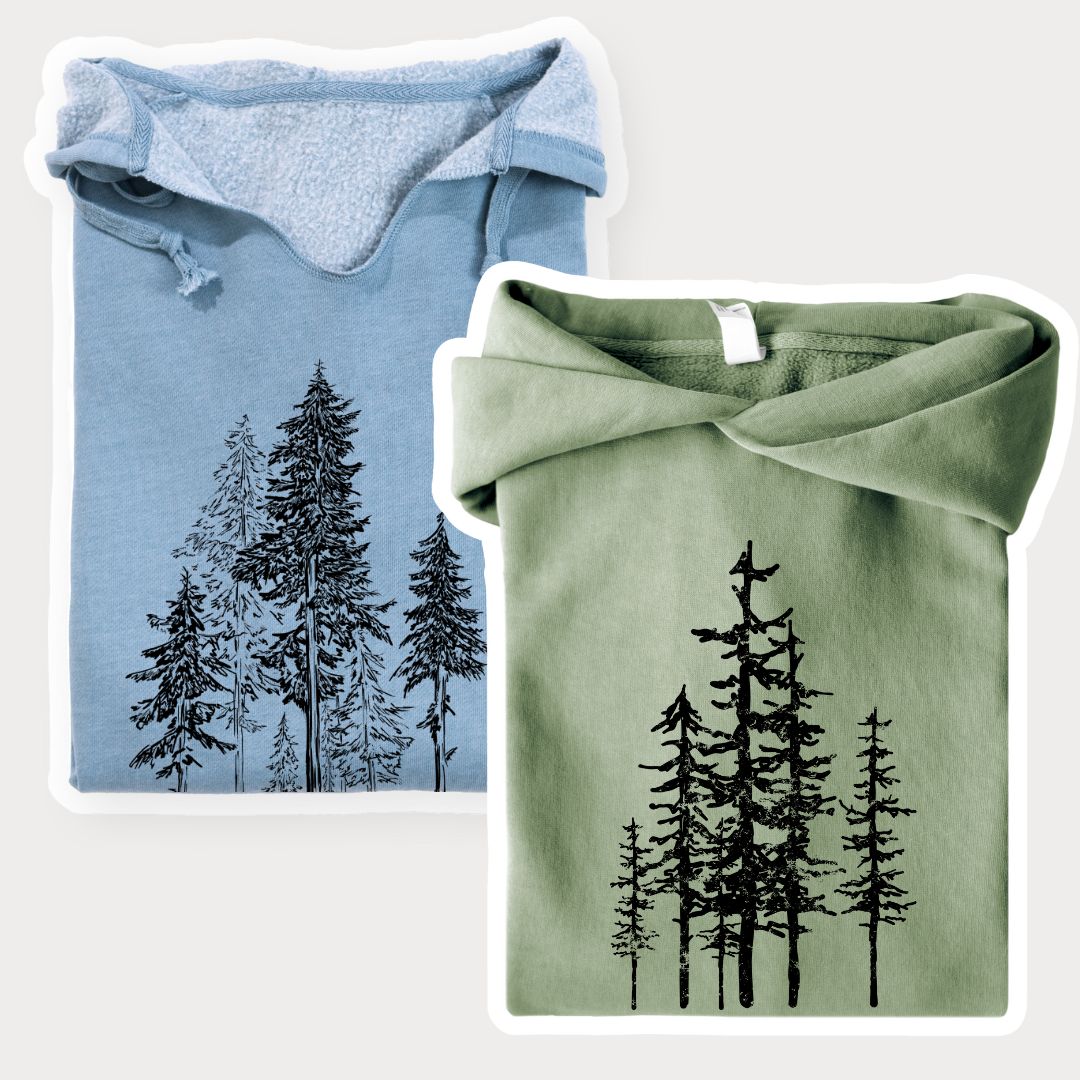How Do Waves Work? An Oceanic Tale of Swoosh, Crash, and Whoosh!
Have you ever stood on the shore, watching waves crash, and thought, "Hey, what's the deal with these wavy party crashers?" Well, grab your surf tees, folks! Today, we're diving into the salty secrets of how waves work, spinning a tale of swoosh, crash, and whoosh that even the saltiest sea captain would tip his hat to.

The Birth of a Wave: From Breeze to Beast
Imagine the ocean as a giant, restless toddler. It doesn't sit still! Waves start their lives as a little puff of wind, kind of like when you blow on your hot coffee to cool it down. This wind travels over the ocean's surface, grabbing hold of the water. Because it can't keep its hands to itself, it starts to push the water into ripples. These ripples grow up to become the big, burly waves we see crashing at the beach.
Now, not all winds are born equal. Some are like gentle whispers (think of a soft summer breeze), and others are more like the roar of a stadium full of fans (I'm looking at you, hurricanes!). The stronger the wind, the bigger the waves because, let's face it, more energy equals more drama.

Surf's Up! How Waves Grow and Travel
As these waves travel (and boy, do they get around), they pick up energy. It's like when you're at the back of a concert, but by the end, you're upfront headbanging. Waves do the same, gathering momentum as they go. The water doesn't travel across the ocean (sorry to burst your bubble if you imagined riding a wave from California to Hawaii). Instead, the energy moves through the water, pushing it up and down in a circular motion—like doing the wave at a baseball game.

Breaking News: When Waves Hit the Beach
So, what happens when these energetic water walls hit the shore? They break! No, not like glass—more like how a dancer drops a killer move when their favorite beat drops. As waves travel into shallower water, the bottom part slows down due to friction with the sea floor, while the top part keeps moving faster. This imbalance causes the wave to rise dramatically and eventually topple over, creating that splendid crash we all love to watch (and maybe surf, if you're into that).

The Anatomy of a Wave: Crests, Troughs, and All That Jazz
To get a bit technical (but keep it light; we're not in a physics class), waves have a few key parts:
- The Crest: This is the top of the wave, where all the action happens. It's the part that surfers ride and where seagulls like to chill.
- The Trough: The lowest part of the wave, like the valley between two mountains. It's less dramatic but essential.
- Wavelength: The distance between two crests. Depending on the wind, it can be short and choppy or long and smooth.
- Wave Height: The vertical distance from the trough to the crest. The bigger the height, the more powerful the wave, and the louder it crashes.

Unique Waves: Not All Waves Play by the Rules
Just when you thought you had waves all figured out, nature throws in some curveballs. Meet the rogue waves—oceanic rebels that form out of nowhere and are monstrously huge. These are the ocean's way of keeping things spicy, reminding us that there's always a surprise waiting when we think we know it all.
And let's not forget tsunamis, the giants of the wave world. Underwater earthquakes or volcanic eruptions, not wind, cause these waves. When the sea floor shifts suddenly, it pushes a massive amount of water upward, creating waves that can travel at jet speed and grow to terrifying heights. They're the ocean's version of a sudden plot twist in a thriller movie.

Wave Watching: A Hobby for the Curious and the Brave
Now that you're practically a wave whisperer, why not take this knowledge of how waves work out for a spin? Next time you hit the beach, watch how the waves form and break. See if you can spot the difference between small, choppy waves on a breezy day and the big, majestic ones when the wind picks up. Or, if you're feeling adventurous, join the surfers and feel the power of the waves firsthand.
So, whether you're a beach bum, a science nerd, or just someone who likes to know weird, watery facts, waves are a fascinating part of our planet's pulse. They dance to the rhythm of the winds, crash in a salty spectacle, and always leave us a little more in awe of the wild, wonderful world of water. Next time you don a Because Tee and head to the shore, remember: every wave has a story, and now, you know how to read it.
Oh, and speaking of salty, have you ever wondered why the ocean is so darn salty? Dive into that mystery next, and keep riding the wave of curiosity with Because Tees!
Photo: @thewildlylife
















Leave a comment (all fields required)